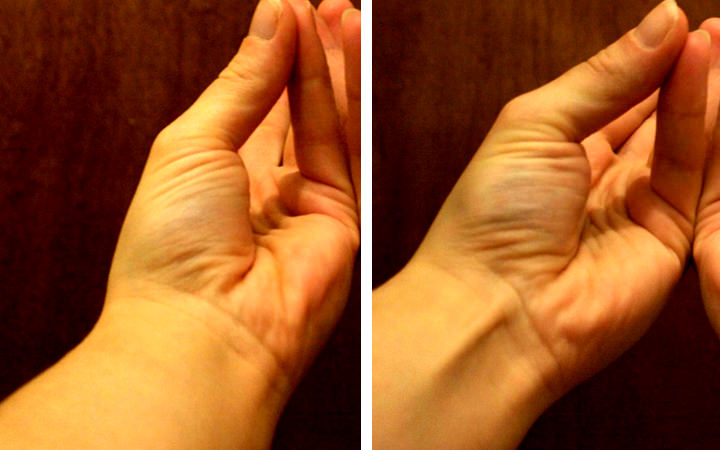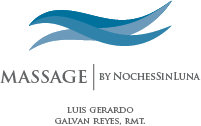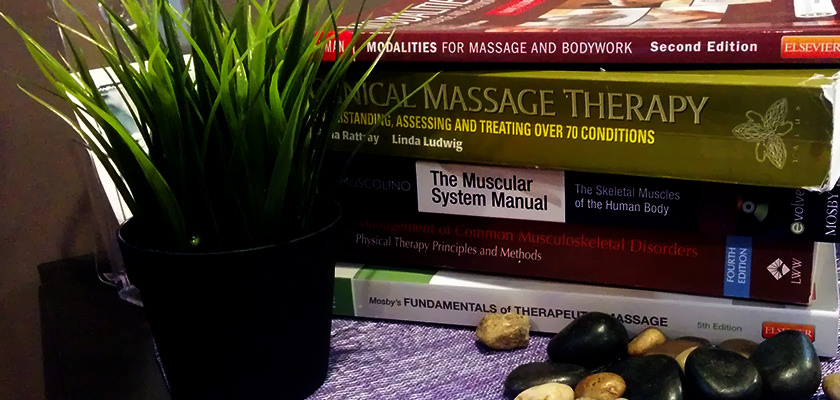The muscles in your body.
By Luis Gerardo Galvan Reyes, RMT.
December 6th, 2016.
A few days ago, one of my clients asked me how many muscles do we have in our bodies. It was a little embarrassing to not have an immediate answer. After all, I can name most of them, describe their points of attachment, actions, innervation, relationship to surrounding structures, etcetera. But that day the numbers eluded me, so I hit the books and decided to make of this my first topic for an article.
First of all, we have to know that not all muscles in our body are the same. There are three different kinds of muscular tissue: skeletal (of voluntary nature), smooth (involuntary), and cardiac (also involuntary). Skeletal muscle is in charge of all our movements, from keeping our posture or jumping to breathing or waving a friend hello. Smooth muscle is prevalent in our digestive system, and it is in charge of moving the food we eat from the start to the end of the line; it is also located in the walls of hollow internal structures (such as blood vessels, airways, and most organs in the abdominopelvic cavity) and in the skin (attached to hair follicles). Cardiac muscle is exclusive to the hearth, and it is responsible for keeping the blood flow that allows every other cell in our body to be nourished and eliminate waste.1
For our purposes today, we will focus on the skeletal muscle.
That being said, it is important to know that there is no exact answer for the question "how many muscles are in the human body?". Different references will provide different numbers (or ranges). It all depends on the parameters used to account for the muscle.2 Some will count muscle groups as one (ie: One quadriceps instead of three vastus plus one rectus femoris), while others will include muscles that may or may not be present in all of us (ie: the palmaris longus muscle is absent in 12-24% of caucasians),3,4 and of course there are always other particular anatomical variations (that may add or subtract a few numbers from our total count in specific individuals).

All in all, most sources agree that there are between 650 and 840 muscles in an average human body. But information gets tricky again, as some authors may count most of them in pairs (one muscle in each side of the body), giving us an average of 350 paired muscles.
If you want to have a "go to" number to make small talk or show off a little, you can say that: According to Tortora and Derrickson, there are about 700 individual muscles that make up a human's muscular system.5 But remember, not all of these muscles have the same relevance to our everyday life (as we learned, some of them may even be missing and we wouldn’t even notice).
A Massage Therapist has to learn about an estimate of 200 pairs of muscles, which prepares us to treat, and in some cases prevent, a wide array of musculoskeletal conditions. The human body, being the complex system it is, can be highly benefited from knowledgeable manipulation of its muscles, either with a therapeutic or palliative intent.
Human anatomy is an exciting topic, there is always room for new discoveries and corrections to the existing knowledge. If you want to learn more about how muscles work (in a technical level), and some details about the major muscles of the body, you can read "Principles of Anatomy and Physiology", you'll find the details about the book under reference number one at the end of this article.
I hope you learned a little bit after reading this piece, and that my writing was clear enough to make it easy to read. If you ended up with more questions than answers, please feel free to ask away, email me to office@nochessinluna.com putting "ARTICLE 2016-001: Question" as subject, or "ARTICLE 2016-001: Feedback" if you just want to make a comment or point out errors in the presented information. If you want me to write about a topic in particular please request it with the subject "ARTICLE Topic: Suggestion".
Thank you for reading, see you next week!
(^-^)b
(1) TORTORA, Gerard J. and Derrickson, Bryan. "Principles of ANATOMY & PHYSIOLOGY" Muscular Tissue: Overview of the muscular tissue, 13th ed. (USA, Wiley, 2012): 329.
(2) "Everyday mysteries", What is the strongest muscle in the human body?. The Library of Congress. http://www.loc.gov/rr/scitech/mysteries/muscles.html
(Consulted on: December, 2016. Link to Web Page)
(3) SA, Roohi and Others. "A study on the Absence of Palmaris Longus in a Multi-Racial Population", Malaysian Othopedic Journal, 1.1 (2007): 26-28. http://morthoj.org/2007v1n1/absence_Palmaris_Longus.pdf
(Consulted on: December, 2016. Link to PDF)
(4) LOANNIS, Dimitriou and Others, "Palmaris Longus Muscle's Prevalence in Different Nations and Interesting Anatomical Variations: Review of the Literature", Journal of Clinical Medicine Research, 7.11 (November, 2015): 825-830. https://www.ncbi.nlm.nih.gov/pmc/articles/PMC4596262/
(Consulted on: December, 2016. Link to Web Page)
(5) TORTORA, Gerard. Ibid: 366.




